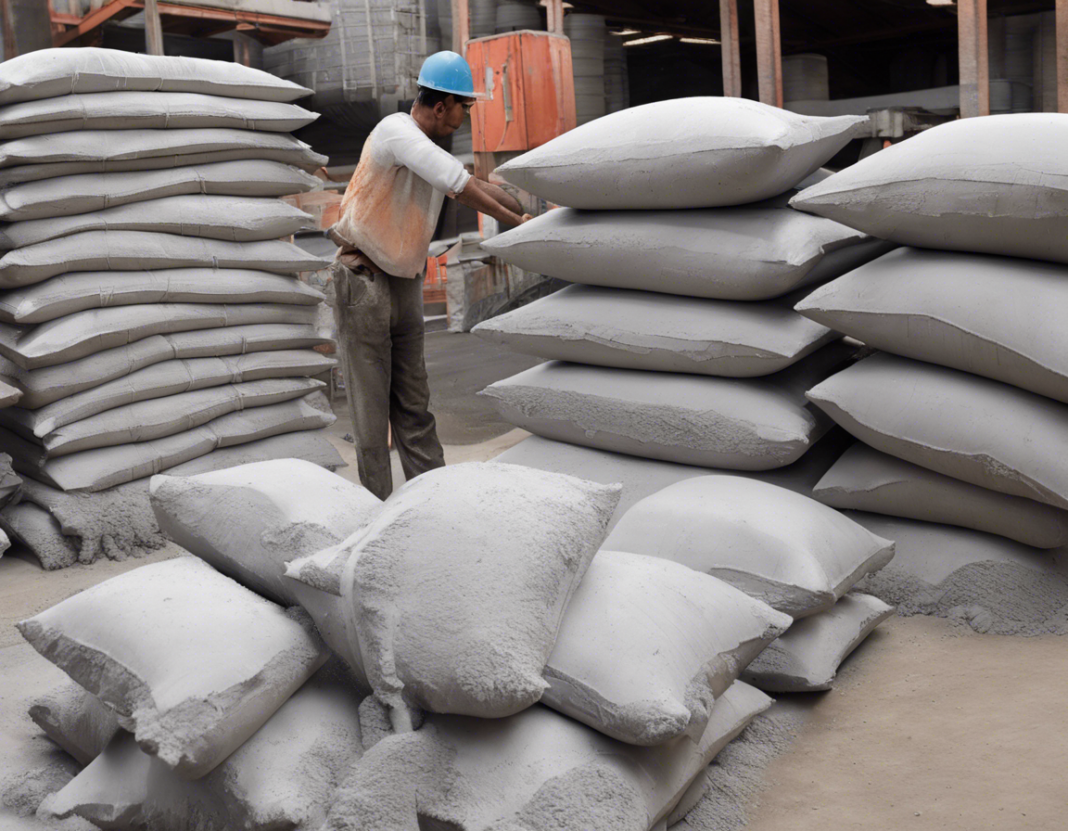Cement is a crucial component of the construction industry, serving as the binding agent in concrete, mortar, and other building materials. The price fluctuations in the cement market have significant implications for various stakeholders, including construction companies, contractors, and ultimately, consumers. Understanding the factors that drive these fluctuations can provide valuable insights for navigating this dynamic market.
Factors Influencing Cement Prices
1. Raw Material Costs
- The cost of raw materials, such as limestone, clay, and gypsum, directly impacts cement production costs. Fluctuations in these input costs can influence the final price of cement.
2. Demand and Supply Dynamics
- Market demand for cement, largely driven by infrastructure projects and construction activities, can lead to fluctuations in prices. Supply chain disruptions or unexpected surges in demand can also impact pricing.
3. Energy Prices
- Energy-intensive cement production processes are sensitive to fluctuations in energy prices. Changes in fuel costs, such as coal or natural gas, can affect overall production costs and, consequently, cement prices.
4. Transportation Costs
- The cost of transportation, including fuel prices and logistical challenges, plays a significant role in determining the final price of cement. Proximity to raw materials and markets can influence transportation costs.
5. Economic Conditions
- Economic factors, such as inflation, exchange rates, and overall market stability, can impact cement prices. Global economic trends and regional economic conditions can contribute to price fluctuations.
Strategies for Managing Cement Price Volatility
1. Diversification of Suppliers
- Working with multiple cement suppliers can provide more flexibility in pricing and ensure a steady supply chain, helping mitigate the impact of price fluctuations from a single supplier.
2. Long-Term Contracts
- Negotiating long-term contracts with cement suppliers can provide price stability and predictability, shielding against short-term price fluctuations in the market.
3. Monitoring Market Trends
- Staying informed about market trends, including raw material costs, demand-supply dynamics, and economic indicators, enables stakeholders to anticipate price movements and make informed decisions.
4. Efficient Inventory Management
- Optimizing inventory levels based on market conditions and construction schedules can help manage price volatility by avoiding overstocking during price peaks or facing shortages during price spikes.
5. Cost-Effective Production Practices
- Implementing energy-efficient technologies and sustainable practices in cement production can help mitigate the impact of energy price fluctuations, contributing to cost savings and price stability.
Impact on Construction Industry
The fluctuations in cement prices can have a ripple effect on the construction industry, influencing project costs, profit margins, and overall competitiveness. Contractors and developers need to adapt to these price dynamics by employing strategic approaches to procurement, pricing strategies, and risk management.
FAQs
1. What causes sudden spikes in cement prices?
Sudden spikes in cement prices can be attributed to various factors, including sudden increases in demand, supply chain disruptions, or unexpected changes in raw material or energy costs.
2. How can construction companies hedge against cement price fluctuations?
Construction companies can consider strategies such as diversifying suppliers, negotiating long-term contracts, monitoring market trends, optimizing inventory management, and adopting cost-effective production practices to manage cement price volatility.
3. What role do geopolitical factors play in influencing cement prices?
Geopolitical factors, such as trade policies, political stability, and global economic conditions, can impact cement prices by affecting raw material costs, energy prices, and market demand.
4. How do currency exchange rates affect cement prices?
Fluctuations in currency exchange rates can influence the cost of importing raw materials or machinery for cement production, impacting overall production costs and, consequently, cement prices.
5. What are some regional factors that can influence cement price fluctuations?
Regional factors, such as infrastructure development projects, construction regulations, competitive landscape, and regional economic conditions, can contribute to cement price fluctuations in specific markets.
